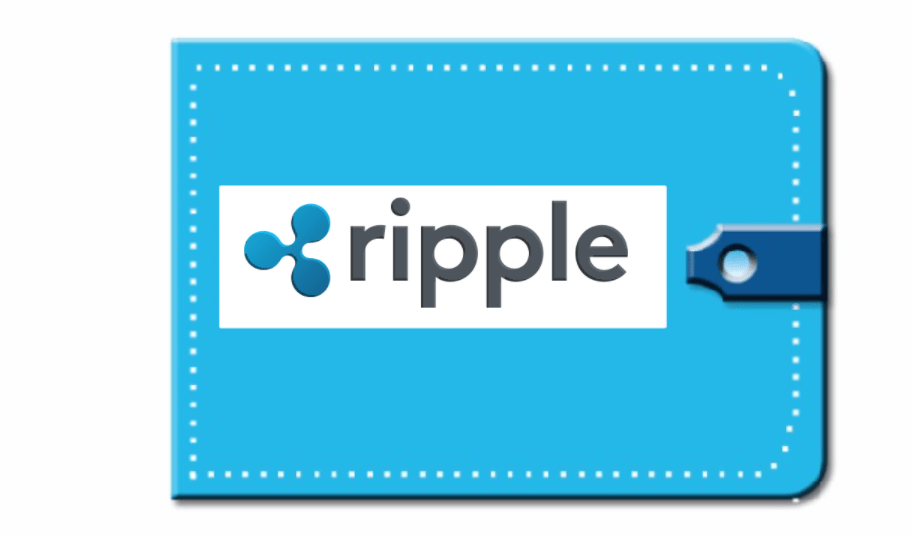A Ripple wallet is a digital tool used to store, send, and receive XRP, the native cryptocurrency of the Ripple network. These wallets come in various forms, from user-friendly mobile apps to secure hardware devices. Choosing the right wallet depends on your priorities – some offer maximum security with features like multi-signature, while others prioritize convenience with features like mobile access and exchange integration. Regardless of the type, all Ripple wallets play a crucial role in managing your XRP within the Ripple ecosystem.
Types of Ripple Wallets
Software Wallets:
- These are applications or programs that users can install on their computers or mobile devices.
- Examples include mobile wallets, desktop wallets, and web wallets.
- Mobile wallets are convenient for active spending, allowing users to manage their XRP on the go.
- Desktop wallets are installed on a computer and provide secure storage.
- Web wallets are accessible through a browser and offer flexibility.
Hardware Wallets:
- Hardware wallets are physical devices designed for long-term storage and enhanced security.
- The Trezor Model T is a popular choice for XRP holders seeking offline storage.
- The Ledger Nano X combines security with mobile accessibility via Bluetooth.
Mobile XRP Wallets:
- XUMM stands out as the best mobile XRP wallet.
- It offers secure storage and supports fiat payments.
- Additionally, XUMM seamlessly connects with xAPPS, providing a comprehensive mobile experience for managing XRP assets.
Multisignature Wallets:
- These wallets require multiple parties to sign a transaction for confirmation on the network.
- Examples include BitGo and CoinSpot.
Hierarchical Deterministic (HD) Wallets:
- HD wallets generate a new address for each transaction, enhancing privacy and security.
Remember that choosing the right wallet depends on your specific needs—whether you’re an active spender or focused on long-term storage. Each type has its unique features and advantages
Features of a Ripple Wallet
Ripple wallets offer a range of features to suit different user needs. Security features are paramount, with options like multi-signature approval for transactions and two-factor authentication adding extra layers of protection. User-friendly interfaces make navigating the wallet simple, even for beginners. Some wallets support storing multiple cryptocurrencies alongside XRP, while others integrate with exchanges for easy buying and selling. For those prioritizing maximum security, hardware wallets offer offline storage for private keys, providing the ultimate defense against digital threats.
How to Choose a Ripple Wallet
Choosing the right Ripple wallet hinges on understanding your priorities. Security comes first – if you’re storing a significant amount of XRP, a hardware wallet with offline storage is the most secure option. If convenience is key and you plan on making frequent transactions, a mobile wallet might be ideal. Consider the features most important to you, such as multi-currency support or exchange integration. Finally, research the wallet’s reputation, security protocols, and user reviews to ensure it aligns with your needs.
Using a Ripple Wallet
Choose a Reliable Wallet: Begin by selecting a reputable XRP wallet. Consider factors such as security features, ease of use, and compatibility with your device (mobile, desktop, or hardware).
Installation and Setup:
- Mobile Wallets: Download a trusted mobile wallet app (e.g., XUMM). Install it on your smartphone.
- Desktop Wallets: Install a desktop wallet (e.g., Exarpy or Toast Wallet) on your computer.
- Hardware Wallets: If you prefer maximum security, invest in a hardware wallet (e.g., Trezor Model T or Ledger Nano X).
Create Your Wallet:
- Follow the setup instructions provided by the wallet. Generate a new wallet or import an existing one.
- Securely store your recovery phrase (also known as a seed phrase). This phrase is crucial for wallet recovery if you lose access.
Adding XRP:
- Once your wallet is set up, you can add XRP to it.
- Receive XRP by sharing your wallet address with others. Ensure the address is accurate to prevent any loss of funds.
Security Measures:
- Enable two-factor authentication (2FA) if supported by your wallet.
- Regularly update your wallet software to stay protected against vulnerabilities.
- Be cautious of phishing attempts and never share your recovery phrase or private keys.
Sending XRP:
- To send XRP, enter the recipient’s XRP address and the amount you want to transfer.
- Confirm the transaction details and authorize it using your wallet’s security features.
Backup and Recovery:
- Regularly back up your wallet data, including the recovery phrase.
- Store backups in secure locations, away from prying eyes.
Remember that security is paramount when dealing with cryptocurrencies. Always verify the authenticity of wallet providers and exercise caution to safeguard your XRP assets .
Security Best Practices
When using a Ripple wallet, prioritizing security is crucial to safeguard your XRP. Here are some key practices: First, implement strong and unique passwords, and never share them with anyone. Second, enable two-factor authentication (2FA) for an extra layer of defense. Third, keep your wallet software and device operating system up-to-date to patch vulnerabilities. For hardware wallets, store your recovery seed phrase offline and in a secure location, separate from your device. Beware of phishing scams – only access your wallet through the official app or website, and never click on suspicious links or enter your credentials on untrusted platforms. By following these best practices, you can significantly reduce the risk of unauthorized access to your Ripple wallet and your valuable XRP holdings.



